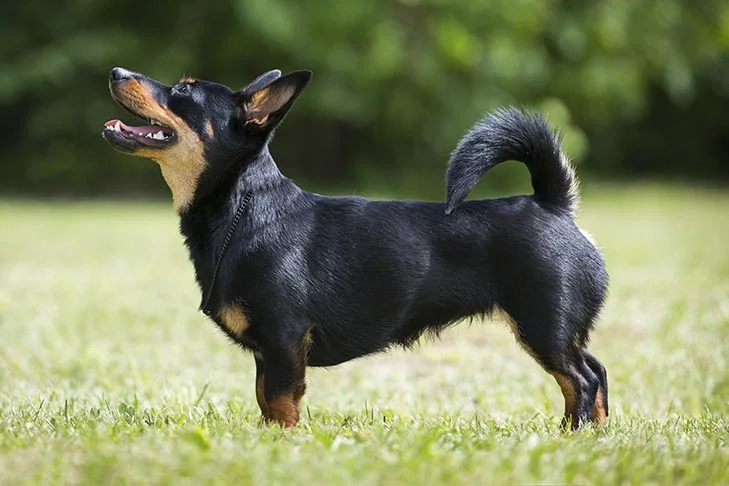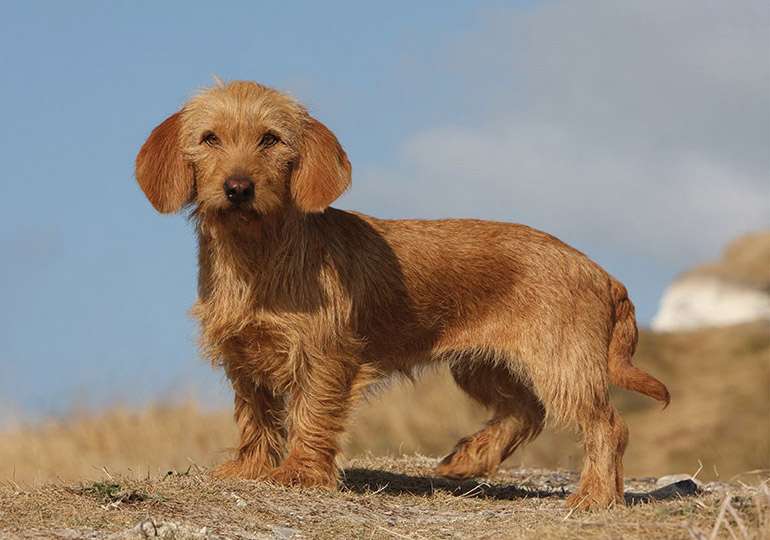
Behavior and temperament
Because of their extraordinary loyalty, Lancashire Heelers make ideal family pets. They most certainly are, however there are a few restrictions on this statement.
He will be more than happy to “herd” misbehaving kids because Lancashire Heelers are a herding breed. They will do this to kids as well if they feel like they need to be rounded up because they were bred to nip at cows’ heels. It’s crucial to train Heelers to stop doing this behavior when they’re still puppies.
Care as a Pet/ In Captivity

Food and Dietary Needs
Small canines, Lancashire Heelers are prone to gaining weight if you’re not careful. They will acquire the vitamins and minerals they need to flourish from a meal rich in protein, healthy fats, ground bone, and veggies.
While people’s food should be kept to a minimum, quality dry dog food can be combined with canned food, water, or broth to offer variety to a Heeler’s diet.
Exercise
Heelers need at least 30 to 60 minutes of daily exercise and mental stimulation to keep healthy and happy because they are intelligent, active dogs. These canines will get more exhausted by mental stimulation and training than from physical exercise. They won’t offer to take a break because they are working dogs.
Grooming
Like many herding breeds, Lancashire Heelers have a double coat that is made up of a thick, weather-resistant topcoat and a fine-haired undercoat. They are canines with short hair, with a little bit of neck hair that is longer.
The coat simply has to be brushed frequently because it is low maintenance. Only bathe Lancashire Heelers when absolutely required because frequent bathing might lead to fungal problems on their skin. Make sure their undercoat is completely dried after a bath to avoid this.
Table





